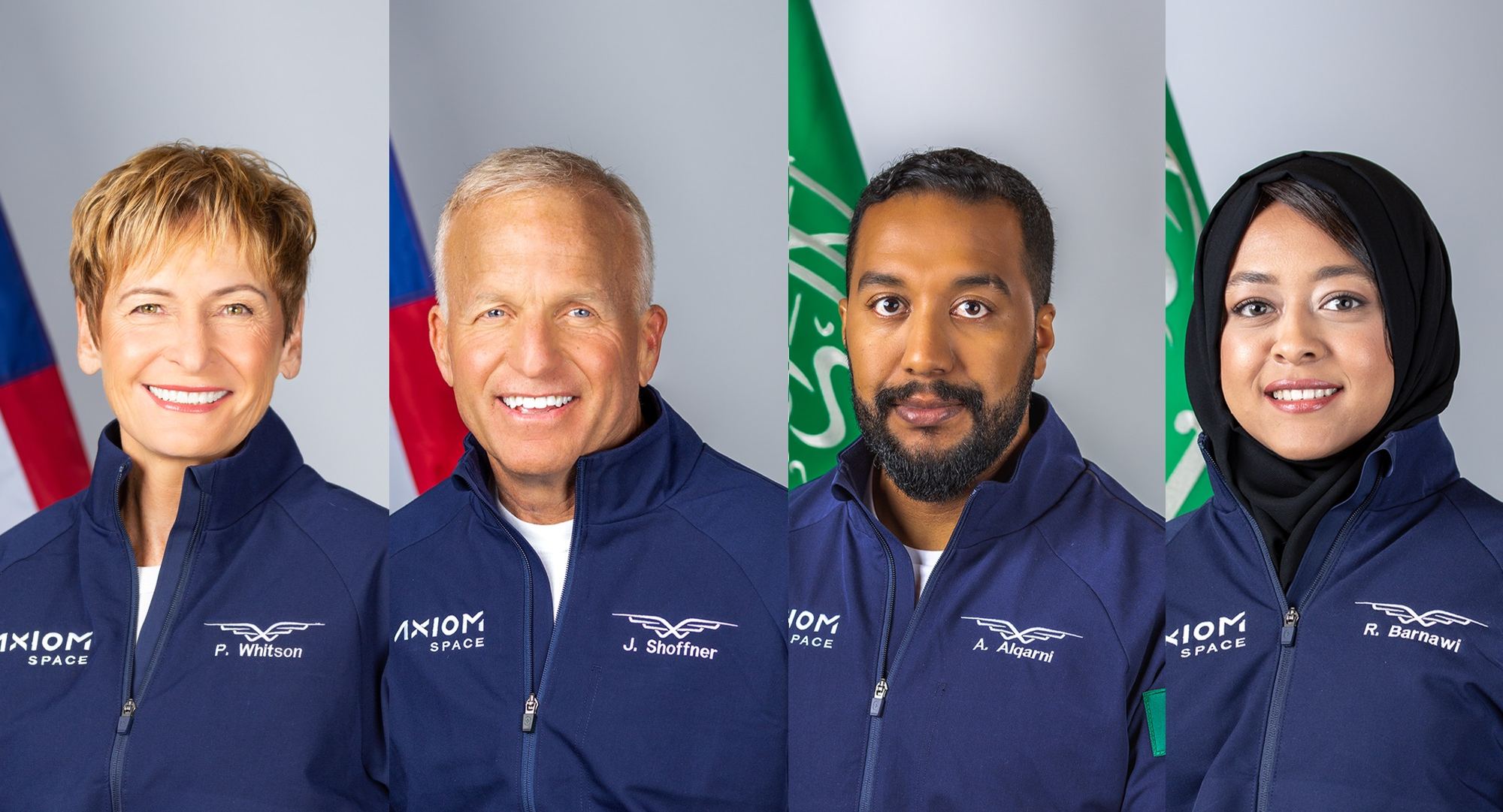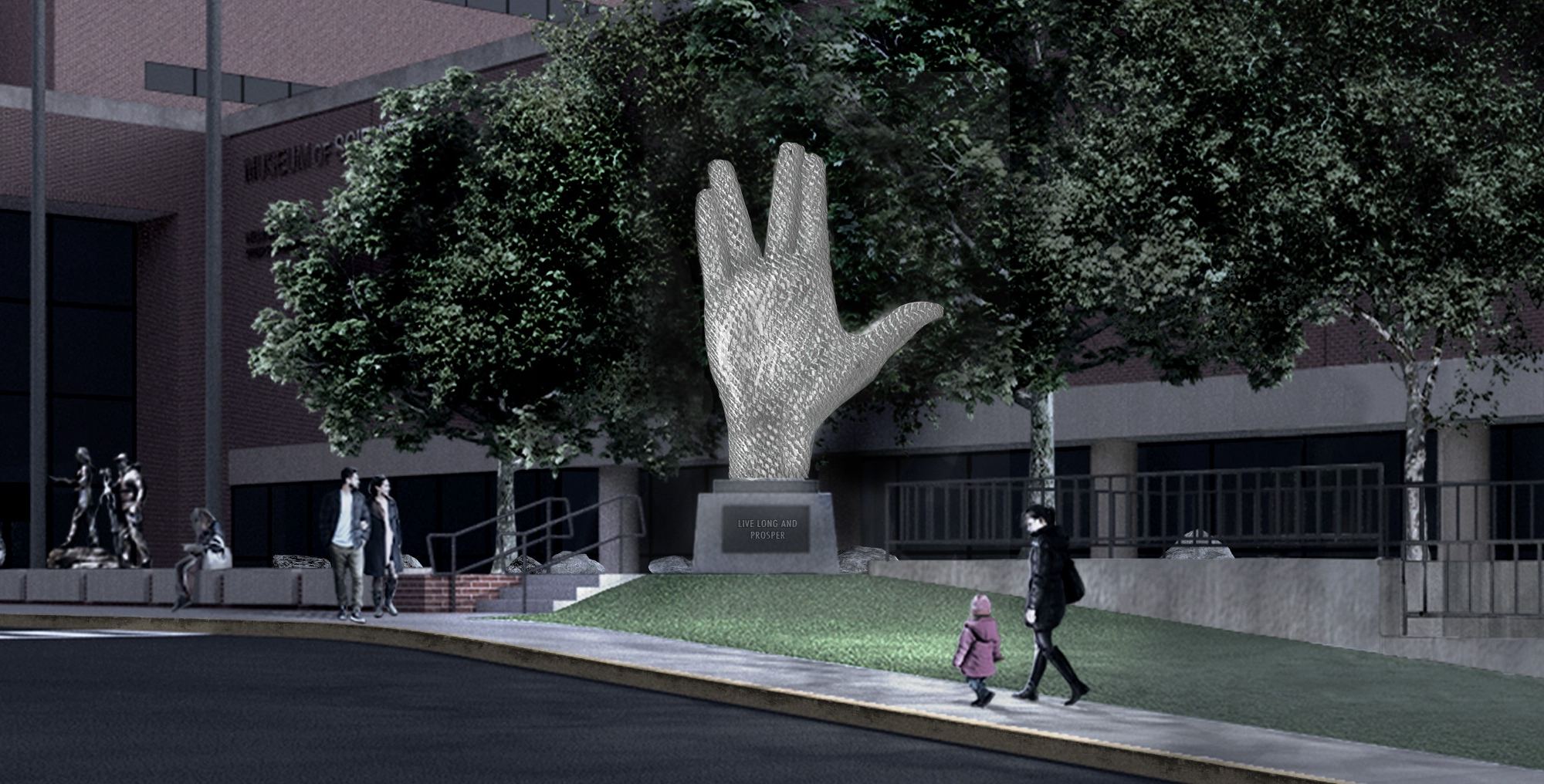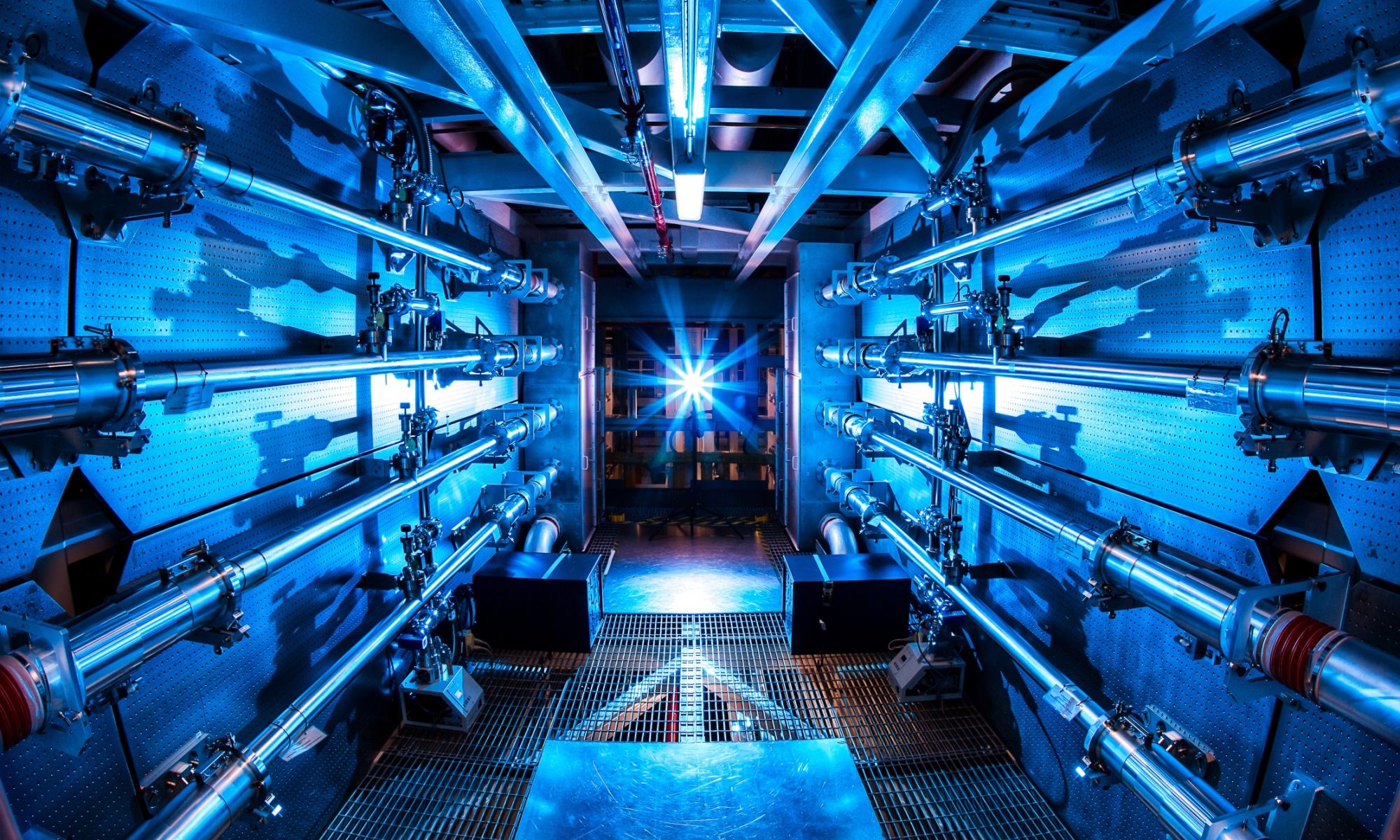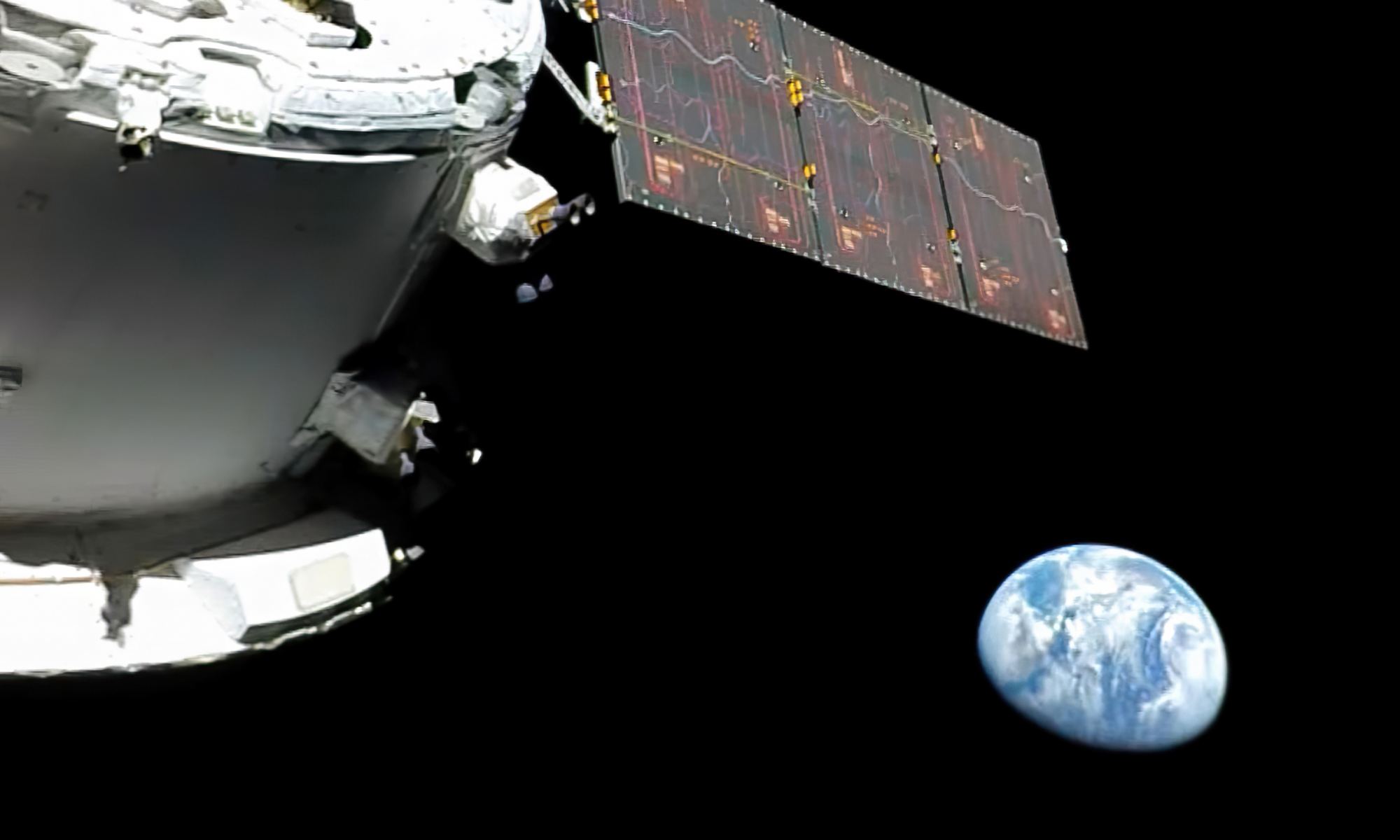NASA and its international partners have approved the crew lineup for Axiom Space’s second privately funded mission to the International Space Station — a lineup that includes the first Saudi woman cleared to go into orbit.
Two of the former crew members — former NASA astronaut Peggy Whitson and John Shoffner, a Tennessee business executive, race car driver and aviator — had previously been announced.
They’ll be joined by Ali AlQarni and Rayyannah Barnawi, representing Saudi Arabia’s national astronaut program. Only one other Saudi citizen — Sultan bin Salman Al Saud, who flew on the space shuttle Discovery in 1985 — has ever been in space. The 10-day Axiom Space mission, known as Ax-2, is currently scheduled for this spring.
Continue reading “Axiom’s U.S.-Saudi Crew Approved for Private Mission to Space Station”









